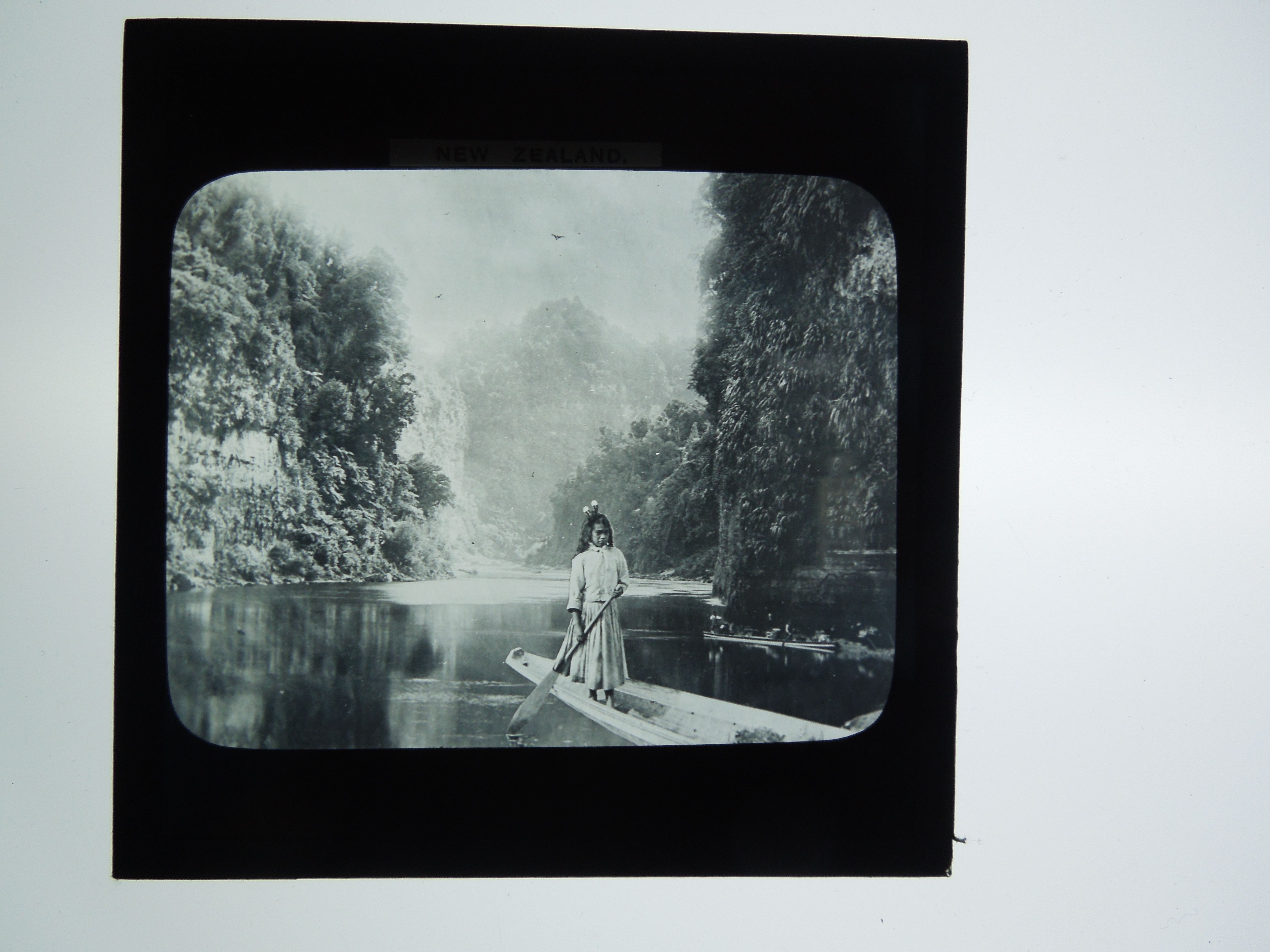 Cataloguing the correspondence of zoologist/animal breeder James Cossar Ewart (1851-1933), I have been intrigued by the various ‘life stories’ which emerge from the letters. Periodically I will be including some highlights in a series of posts entitled ‘letters in the limelight’ .
Cataloguing the correspondence of zoologist/animal breeder James Cossar Ewart (1851-1933), I have been intrigued by the various ‘life stories’ which emerge from the letters. Periodically I will be including some highlights in a series of posts entitled ‘letters in the limelight’ .
This week’s letter, from Peter Henry Buck, also known by the Maori name Te Rangi Hiroa, isn’t addressed directly to James Cossar Ewart, but to his wife Edith. Buck’s ancestry alone makes for an interesting story: born around 1877 in New Zealand (he used to claim 1880), he believed for most of his life that his natural mother was Ngarongo ki-tua, wife of his Irish father William Buck. In actual fact, although Ngarongo raised Peter, his birth mother was a near relative who, in accordance with Maori custom, provided William with a child when his marriage to Ngarongo proved childless. Ngarongo instilled in Buck a knowledge and love of the Maori language and lore, although his upbringing was more influenced by the Pakeha (a Maori term for New Zealanders of European decent) side of his family.
Buck attended Otago medical school, and in 1910 gained his MD with the thesis ‘Medicine amongst the Maoris in Ancient and Modern Times’. This subject served him well for his role as medical officer to the Maori, and together with his colleague Maui Pomare they did much to improve the sanitation of Maori settlements and speed a recovery in population. However, Buck was not destined to confine himself purely to medicine for the rest of his life: his love for Maori culture led him into a brief spell in politics as a member of the Native Affairs Committee and briefly, the Executive Council. When war broke out in 1914 he helped to assemble a Maori volunteer contingent: Buck himself saw action at Gallipoli (where he was twice mentioned in dispatches and made DSO), France and Belgium, and ultimately reached the rank of major and second-in-command of the battalion. On returning to New Zealand, Buck become director of the Maori Hygiene Division in the new Department of Health, but at the same time his passion for anthropology continued to flourish. He went on several field trips recording Maori culture and music, visited the Cook Islands and ultimately established himself as the leading authority on Maori material culture. He was a popular lecturer, delivering ‘The Coming of the Maori’ at the Pan-Pacific Science Congress in Melbourne in August 1923, which is where he met James Cossar Ewart and his wife. Ewart had been invited to the Congress with his colleague Aldred F. Barker (professor of textile industries at the University of Leeds), by the Australian government, as both men were then engaged in improving the sheep and wool industry through applied science. Ewart delivered a lecture at the Congress titled ‘The Ancestry of Domestic Breeds of Sheep’. In Buck’s letter, dated 23 December 1923, Buck sends his greetings to the Ewarts, remarking that ‘it seems but yesterday when that historic event [i.e the Congress] took place. Do you remember the rush the Professor had to the Museum and the Zoological Gardens on the morning that you sailed from Auckland?’ He goes on to report that the Government has granted him leave to accompany an American scientific expedition into Polynesia, and that the Board of Maori Ethnological Research have established a Maori Improvement Fund of £90,000 which will go to promote practical and higher education among the Maori people.
As well as getting to know the Ewarts at the Congress, a chance meeting with Herbert E. Gregory, director of the Bernice P. Museum in Hawaii, led to Buck being offered a five year research fellowship at the Museum. Henceforth, Buck abandoned medical work to become a professional anthropologist, conducting extensive research in the Polynesian island groups. He was visiting professor of anthropology at Yale University in 1932-1933 and in 1936 he succeeded Gregory as director of the Bishop Museum, finally accepting that his expatriation from his beloved New Zealand would be permanent. Buck remained a hugely popular figure, receiving a string of honours and a New Zealand knighthood in 1949. He died in Honolulu on 01 December 1951 and his ashes were finally brought home to Okoki near Urenui, New Zealand in 1953. Buck’s enormously active life, and the contributions he made to Maori health, wellbeing and an understanding of their culture, belies the self-deprecating remark which he makes to Edith Ewart in his letter concerning ‘the Polynesian inertia that I inherit’.
With acknowledgements to http://www.teara.govt.nz/en/biographies/3b54/buck-peter-henry

